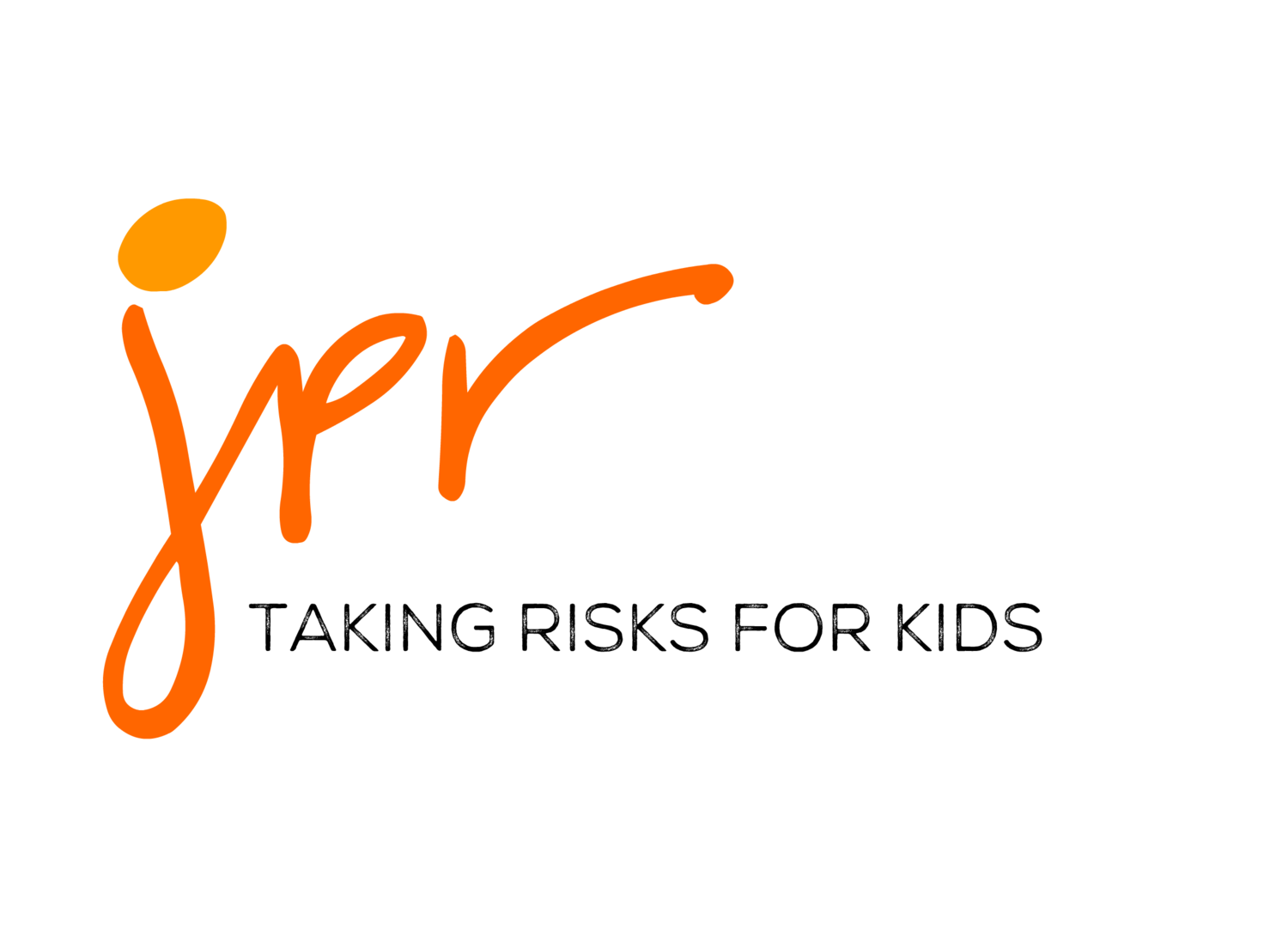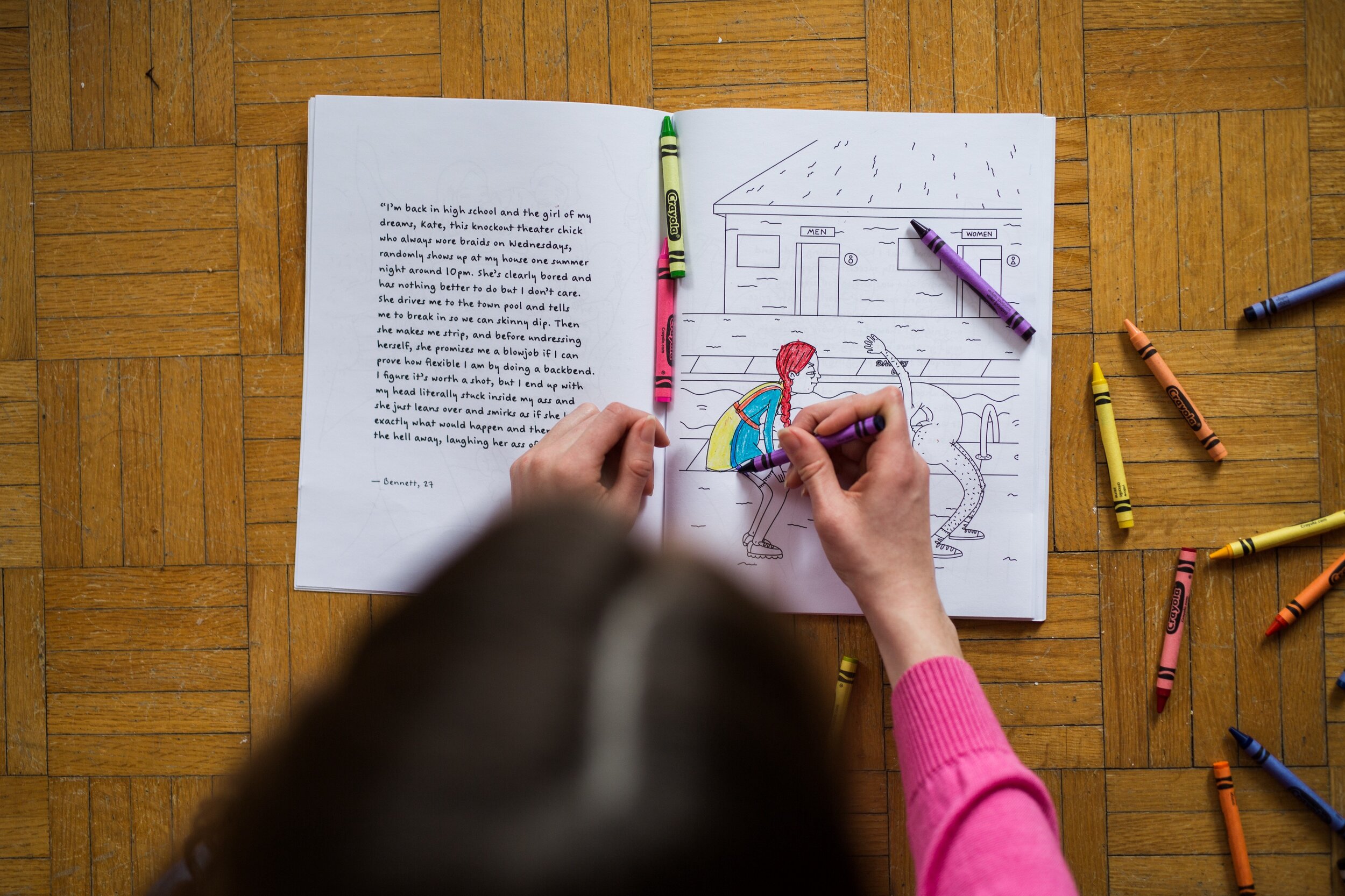Learning vs. Winning: What is school really teaching our kids?
/“This is honors English,” she told my daughter, “you go figure it out.” My daughter isn’t in college, she’s a sophomore in a public high school and had gone to her teacher for some extra help on an assignment. When I first heard this I was furious. Really, “you go figure it out?” And then I thought, this must be the culture that’s been intentionally set at her school. Competition, high pressure, only the strong survive?
When I was superintendent in Sacramento, California, I always said that the folks with a harder job than mine were our principals. At least I could go hide in my office if I choose. But not our principals. I remember visiting with Nancy Purcell, principal at Fern Bacon Middle School one day when she told me she usually wasn’t in her office much before 10:30 am. That’s because she was out on the school campus at the crack of dawn checking in with the plant manager, visiting with her cafeteria staff on the day’s meals, greeting teachers as they arrived and eventually her students. “How’s your little sister doing, Maria?” “Did you get that project finished, James?” “Don’t be late for band!” she reminded another. And this is what she expected of her staff. Be visible. Engage with students. Show up with a smile and be grateful you get to teach kids. The culture of her school was welcoming, engaging, and collaborative and focused on two things: excellence and student learning. Doing this requires discipline. Principals set the tone in their buildings. Is it warm and welcoming? Is collaboration among staff expected? Are students and parents and families given a voice and engaged in the learning process?
We were fortunate in Sacramento to have many great leaders like Nancy. Visiting their campuses you’d find similar attention to detail, focus and discipline. These leaders understand the importance of setting the culture and owning it at their schools.
As the superintendent, and the school board which held me accountable, our job was to set the vision for the school district and by extension our community. It was up to me to hold our leaders, and they in turn their staff, responsible for doing the same. It’s not easy work. But it’s the right work, and it’s needed today more than ever.
The New York Times, published an article about the pressures facing our young people, and it featured my daughter’s high school. It was thorough and detailed and another glaring and frankly shocking picture about the enormous stress young people experience. Was I surprised? No. Sad? Extremely. Is this a crisis? Absolutely!
These issues that have manifested themselves in the Palo Alto and Lexington High Schools are complex. What’s disturbing to me is that we, the adults and the leaders, seem to be frozen like deer in the headlights, seemingly powerless, unknowing, and/or unwilling to get to the root of these issues. This has to change.
For starters, we could examine the cultural ethos that emphasizes winning above everything. We could start asking college presidents to speak to this issue and to craft a vision for what they expect to see in a young person seeking post-secondary education. Whatever happened to discovering your voice, willingness to dream, and courage to follow?
We could tell the College Board it’s not okay to release the PSAT scores of high school students to colleges that, as I witnessed, resulted in my daughter being inundated with promotional materials from dozens of schools. We could look to people like Mary Helen Immordino-Yang at USC for the latest brain science on how adolescent youth learn best and the importance of emotion. We could do what Davis High School has done and start school after 9:00 am when our children are awake and ready to learn. We could shift our focus on high stakes standardized tests, which perpetuate a cycle of failure, to a system of performance assessments which enable students to demonstrate what they know vs. what’s been memorized, and a process to experience success. We could ask superintendents and elected school boards to craft a vision for what educating and developing a whole child looks like in their community. We could set expectations for principals to create welcoming, engaging and collaborative school environments that engage students in their learning and give them real voice and power. We could look to the leaders of our cities and other community partners, like faith-based organizations, to call together students, their families, and educators and discuss what must be different for students to thrive in school and as members of their community.
Yes, all of the above takes action, takes time, and must be approached with urgency. If public education is so important then it’s time the public got more enraged and engaged. It’s time to bring more attention and intention to educating and developing our young people — for the sake of learning, not competition. Our children and the future of our society are worth whatever feathers we ruffle in the process.

